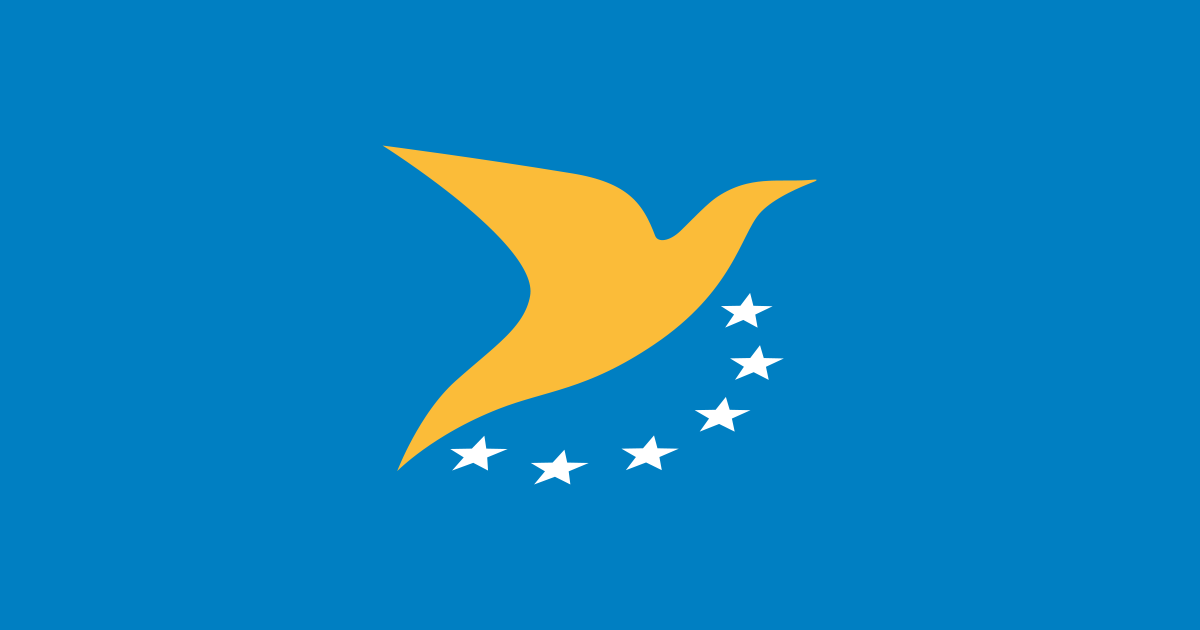

From worker heat exhaustion to bridge failures, extreme heat is increasingly placing strain on lives, livelihoods, and infrastructure. Earlier this week, the National Oceanic and Atmospheric Administration announced that the United States just experienced its fourth-hottest summer on record. Globally, August 2024 was the warmest August in the agency’s 175-year record.
Recognizing that extreme heat is the deadliest type of disaster among all weather-related hazards, the Biden-Harris Administration hosted the first-ever White House Summit on Extreme Heat, bringing together over 100 participants from around the country and across the government. The Summit, announced by President Biden earlier in the summer, convened federal agencies and White House senior staff alongside leaders – including workers exposed to extreme heat, healthcare professionals, emergency responders, and researchers and innovators – who represent many of the communities that are fighting on the front lines of extreme heat to discuss lessons learned from this year’s extreme heat, highlight Administration progress in tackling extreme heat and advancing environmental justice, and amplify successful best practices to manage extreme heat that have been locally tailored and community driven.
At the Summit, National Climate Advisor Ali Zaidi also announced a new Extreme Heat Call to Action, which calls upon state, local, Tribal and Territorial governments, along with the private sector and non-profit organizations to lead by example and use all of the tools at their disposal to protect people from extreme heat looking ahead to 2025. The Call to Action invites interested organizations to submit a commitment to take action in advance of the 2025 heat season, including a wide range of approaches and tools which could be used to protect people and resources from extreme heat, such as actions highlighted in the U.S. Climate Resilience Toolkit and the National Heat Strategy:
- Long-term adaptation and resilience actions, like improving tree canopy and installing new cooling infrastructure;
- Heat planning actions, like running a heat tabletop exercise or creating a community phone tree in partnership with trusted community partners;
- Heat preparedness actions, like equipping emergency responders and healthcare providers with new resources to address extreme heat;
- Heat response actions, like opening new Resilience Hubs or cooling centers during extreme heat events; and
- Heat recovery actions, such as establishing new ways to track progress on key heat and health metrics.
The White House will collect submissions for the Call to Action through November 1, 2024, which may include information about the goals that communities have set and the new actions they are planning in advance of future extreme heat events. As part of this effort, the White House hopes to understand and amplify a number of promising commitments and actions.
The White House also announced the publication of a Draft Community Heat Action Checklist, a new tool for local governments taking their first critical steps towards planning and preparing for extreme heat. This document supplements existing tools on Heat.gov helping communities map, understand, and address their heat risk. It also builds on major investments by the Biden-Harris Administration relevant to understanding, preventing, and responding to extreme heat—including investments in urban and community forests, green and resilient building retrofits, lowering cooling costs for American families, and in protecting our nation’s workers from extreme heat. This work also advances the Biden-Harris Administration’s work to align climate resilience investments across the public and private sector through common principles and opportunities for action to build a climate-resilient nation through the National Climate Resilience Framework, the federal interagency National Heat Strategy, and other regulatory actions.
Additionally, given that climate change is fueling extreme heat both at home and abroad, the United States Agency for International Development (USAID) issued a toolkit to Mission leaders that will help ensure the well-being of Agency workforce members during extreme heat events across the world. The toolkit outlines key measures Missions can take to prepare for and respond to extreme heat. USAID also announced more than $18 million in humanitarian assistance to populations experiencing the increasingly severe impacts of climate change – including extreme heat and drought.
The Biden-Harris Administration’s Investing in America agenda includes more than $50 billion to help Americans in every state become more resilient to climate impacts like hurricanes, wildfires, drought, and extreme heat. The Extreme Heat Summit will highlight how those investments are moving the country forward in heat response and inspire communities nationwide to take additional future steps.
###
Official news published at https://www.whitehouse.gov/briefing-room/statements-releases/2024/09/14/readout-of-first-ever-white-house-summit-on-extreme-heat/
The post Readout of First-Ever White House Summit on Extreme Heat first appeared on Social Gov.


More Stories
Statement from Vice President Kamala Harris on One Million Public Service Workers Receiving Student Debt Cancellation
Remarks by President Biden and First Lady Jill Biden at an Italian American Heritage Month Reception
Remarks by President Biden at a Memorial Service for Mrs. Robert F. Kennedy